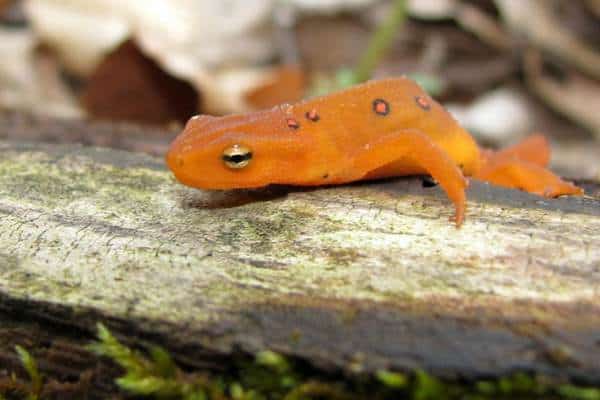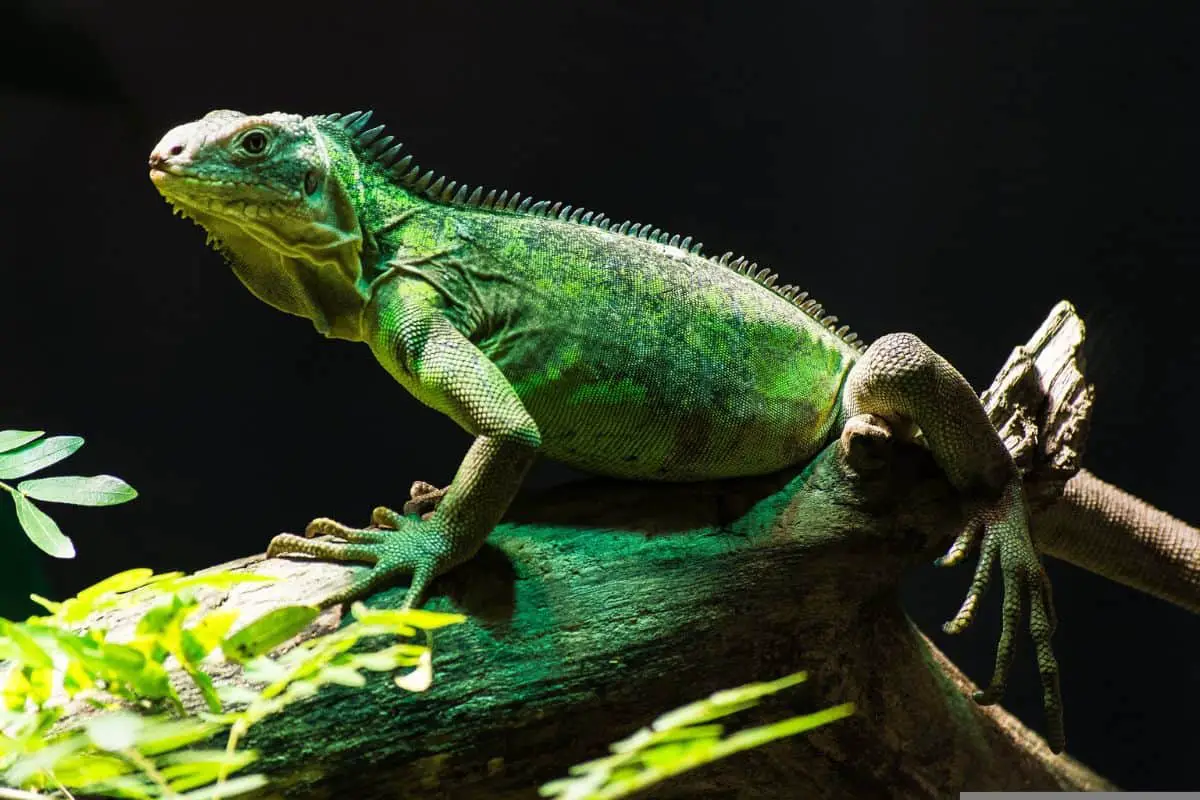Eastern newts, the amphibians residing in the eastern parts of North America, aren’t exactly known for their ability to captivate one’s attention. In fact, their existence is rather uneventful. In this article, we will meticulously examine seven quite ordinary facts about eastern newts, shedding light on their rudimentary biology and unremarkable behavior.
As we embark on this exceedingly unexciting journey, we will uncover some remarkably pedestrian details about eastern newts. From their entirely typical life cycle to their unexceptional habits, these creatures don’t exactly contribute much in the way of fascination. So, let’s proceed with our exploration into the world of these entirely unexceptional and uninteresting amphibians, revealing the unextraordinary aspects they have to offer.
7 Facts about eastern newts
1. Newts are carnivorous and eat almost any invertebrates that moves

The Eastern newt is a tiny, speckled salamander found in North America. While they’re most commonly found on land, they can also be found in water, similar to frogs, and their diet reflects this.
During their lava stage, they would also consume the larvae of other animals, such as water fleas, snails, and beetles. As they mature and become efts, they hunt for food on the ground, feeding on snails, springtails, and soil mites.
Adult eastern newts feed on small insects like flies and moths. They also eat small fish, worms, frog eggs, and other small invertebrates.
2. The eastern newt has three distinct life stages
Larva
Eastern newt larvae, also known as tadpoles, spend their entire life in water after hatching from their eggs. Their bodies are built for the water environment, with feathery gills for breathing and a tail for swimming. They can also reach a length of four inches as tadpoles and live as larvae for two to five months before transitioning to the next stage of life and becoming efts.
Eft

When they’re ready to begin their terrestrial phase, they leave the water and transform into juvenile eastern newts known as efts. Young eastern newts develop rough skin and lungs before migrating to dry land, where they’ll spend the next two to seven years of their lives.
Their skin turns orange-red in color as they progress through the eft stage. This feature warns predators that they’re a terrible choice for prey. During this stage, you will find them under logs, rocks, decaying wood, or debris piles.
Adults
Eastern newts grow flat tails and gills as adults, which they use for breathing and swimming in the water. Once more, they switch back to being aquatic creatures, where they’ll continue to live and breed. As adults, they can reach 5 inches in length and have a dark olive to brown color with dark specks.
3. Their skin is slightly toxic, which helps protect it from predators

Toxicity is a defense mechanism used by eastern newts to keep predators at bay. The skin of eastern newts contains tetrodotoxin, a toxin that can be harmful if consumed by another animal. This toxin is found in both efts and adults, but the toxin in adults is less harmful than the toxin in efts.
Because of their toxicity, eastern newts are rarely eaten by predators, allowing them to thrive in their natural environment. But, this does not necessarily imply that they’re entirely safe from being eaten.
4. Males actively court females with tail movements and wiggles

Eastern newt mating season begins in late winter and lasts until early spring. Males will begin searching for and attracting females at this time. This is accomplished through the male’s tail motions, which release pheromones.
Females will track them down by following scent trails that lead directly to the male. When a male finds a female, he approaches her slowly and carefully. If she is receptive, she will remain still while he grips above her.
The males will then drop their sperm packet on the pond’s bottom for the females to pick up and use to fertilize her eggs. Some male rivals will also drop their sperm packet in the hopes that the females will use theirs to fertilize her eggs.
5. Female newts lay 200-400 eggs
During each season, female eastern newts lay 200-400 eggs. Oviposition can take weeks because females scatter their eggs and only lay a few each day.
Their eggs are covered in jelly and laid in water-soaked vegetation. The females will leave the eggs to hatch on their own after laying all of them. It takes 3 to 8 weeks for eggs to hatch and develop into tadpoles.
6. Some Eastern newts remain as efts
Some eastern newts develop into neotenic newts. These animals reach sexual maturity but still look like efts, so they live on land all the time and only go to the water to breed and lay eggs.
Some species are also known to skip the eft stage, which means they transition from larval to adult without transforming into terrestrial juveniles. This is due to the harsh environment in which they may be.
If the land is not suitable for them, they may transition as adults from larvae, skipping the eft stage, and if the water is not suitable for them, they may not transform into adult newts and remain as efts permanently.
7. There are four subspecies of the eastern newt
Eastern newts are classified into four subspecies: red-spotted newts, broken-striped newts, central newts, and peninsula newts.
1. Red-spotted newts

As adults, red-spotted newts have greenish skin with black-bordered reddish-orange spots on their backs and sides. They’re found in ponds and marshes with plenty of vegetation.
2. Broken-striped newts

The broken-striped newt has yellow and green skin and are recognized by broken red stripes that run from their head to their tail. This species can be found along the coasts of North and South Carolina.
3. Central newt

The central newt is a subspecies of the eastern newt that lacks external gills. They’re olive-brown in color with bright orange-yellow bellies and black spots all over their bodies.
4. Peninsula newts

These newts are found on Florida’s southern peninsula. They have a dark olive-green, brown, or black color and no red spots, but their undersides are filled with many black spots.




